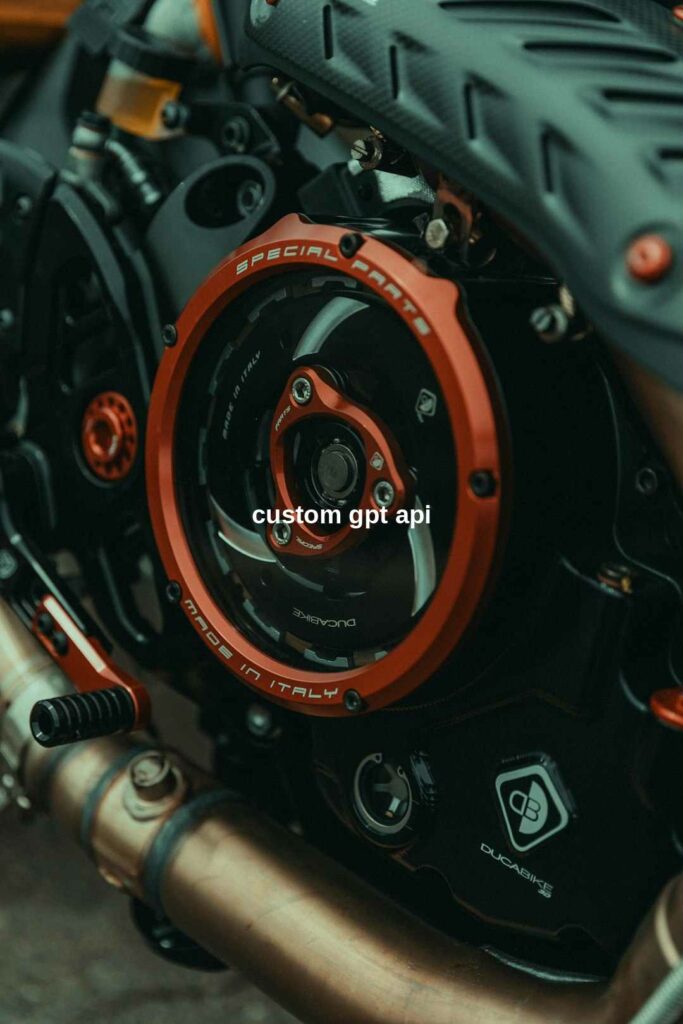As a developer working with AI technologies, the ability to tailor models to specific needs is not just advantageous; it’s essential. My task was to integrate a custom GPT model via OpenAI’s API, a process that involved several technical steps. Below is a detailed breakdown of this integration process, aimed at helping other developers navigate similar tasks.
-
Create the Custom Model
The journey began with the creation of a custom GPT model using OpenAI’s platform. This involved selecting a base model from options such as GPT-3 or GPT-4 and then fine-tuning it on a dataset that was particularly curated to reflect the nuances and specificity of our application’s needs. The fine-tuning process required careful preparation of training data and adjustment of parameters to optimize the learning outcome, ensuring the model would perform well on the type of content it would encounter in deployment.
-
Setting Up an Assistant
With the custom model ready, the next step was not to access it directly through the usual model API endpoints. Instead, I created an „Assistant“ within the OpenAI platform. This Assistant was configured to utilize the newly created custom model. Setting up the Assistant involved defining various attributes and behaviors that would dictate how the model interacts with incoming data, such as handling different types of queries and maintaining context over sessions.
-
Using the Assistant API
Once the Assistant was configured, interaction with the custom model was facilitated through the Assistant’s API. This step involved crafting API requests that not only specified the tasks but also how the Assistant should use the custom model to address these tasks. Requests were made to endpoints like
https://api.openai.com/v1/assistants/{assistant_id}/messages. Each request needed to include sufficient context and instructions so that the responses generated by the Assistant would be accurate and relevant. -
Integrating with Your Application
The final step involved integrating the responses from the Assistant into our application. This required developing a robust backend setup that could parse and handle the JSON responses from the Assistant. Depending on the application’s architecture, these responses were used to drive various user interactions, from answering user queries in a chatbot interface to providing contextual assistance in a customer support tool. The integration also needed to be secure and scalable, ensuring that it could handle the expected load and protect user data.
In conclusion, the integration of a custom GPT model via OpenAI’s API is a multi-faceted process that involves significant setup, configuration, and testing. It is a task that requires not only technical acumen but also strategic planning to ensure the end product is efficient and effective. For developers looking to undertake such a project, a detailed understanding of both the OpenAI platform’s capabilities and the specific requirements of their application is essential.

